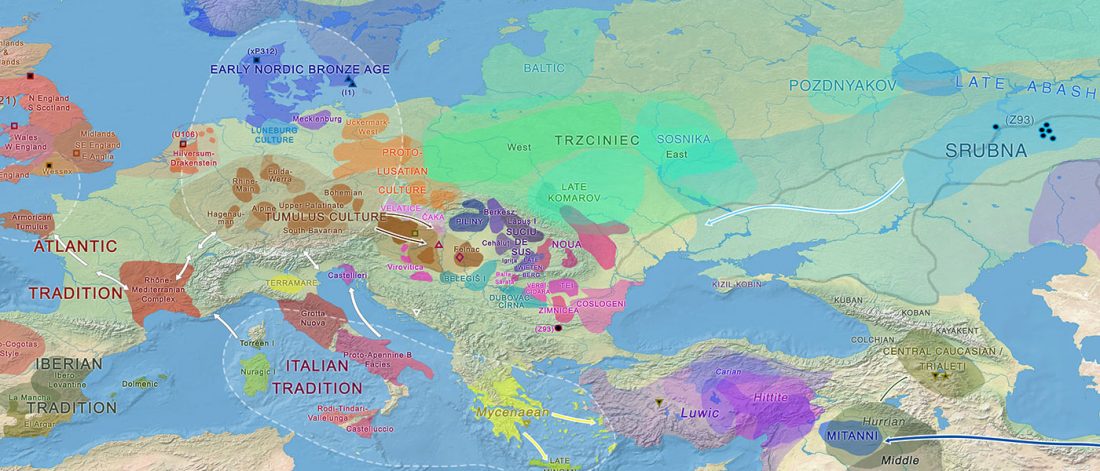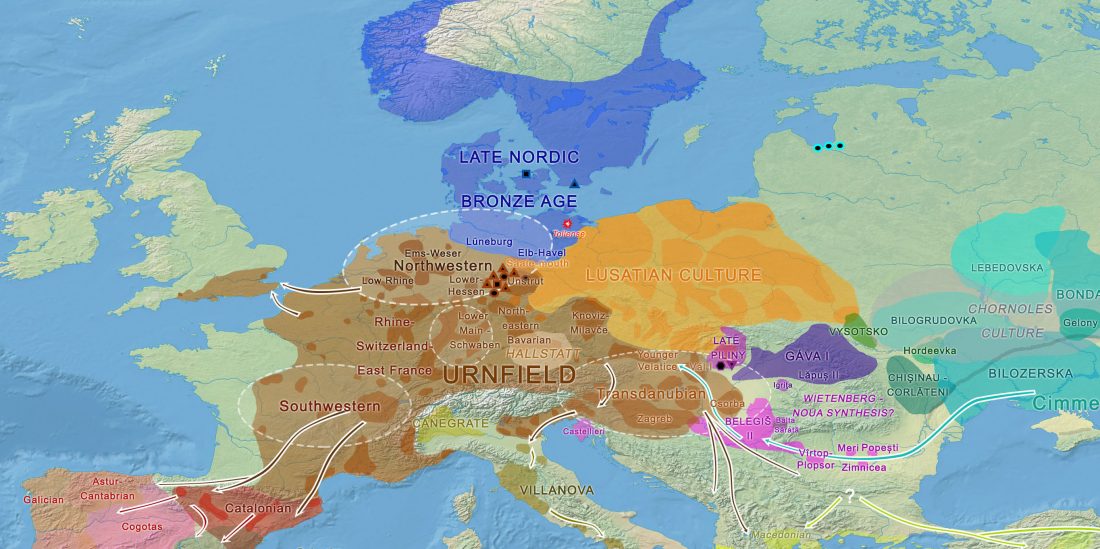Interesting chapter The birth of a new world. Barrows, warriors, and metallurgists, by Przemyslaw Makarowicz. In: Urbańczyk P. (Ed.) THE PAST SOCIETIES. Polish lands from the first evidence of human presence to the Early Middle Ages, Warszawa 2017, vol. 3, U. Bugaj (Ed.) (2000 – 500 BC), Warszawa, pp. 127-186.
Some interesting excerpts from the introduction (emphasis mine):
… Read the rest “The origins of the Tumulus culture: Proto-Lusatian and potential Proto-Balto-Slavic origins”In the 17th century BC the northern reaches of the Únětice culture oecumene experienced a structural crisis and a settlement hiatus; no such interruption in development occurred in the southern or western regions, or further west in the circle


